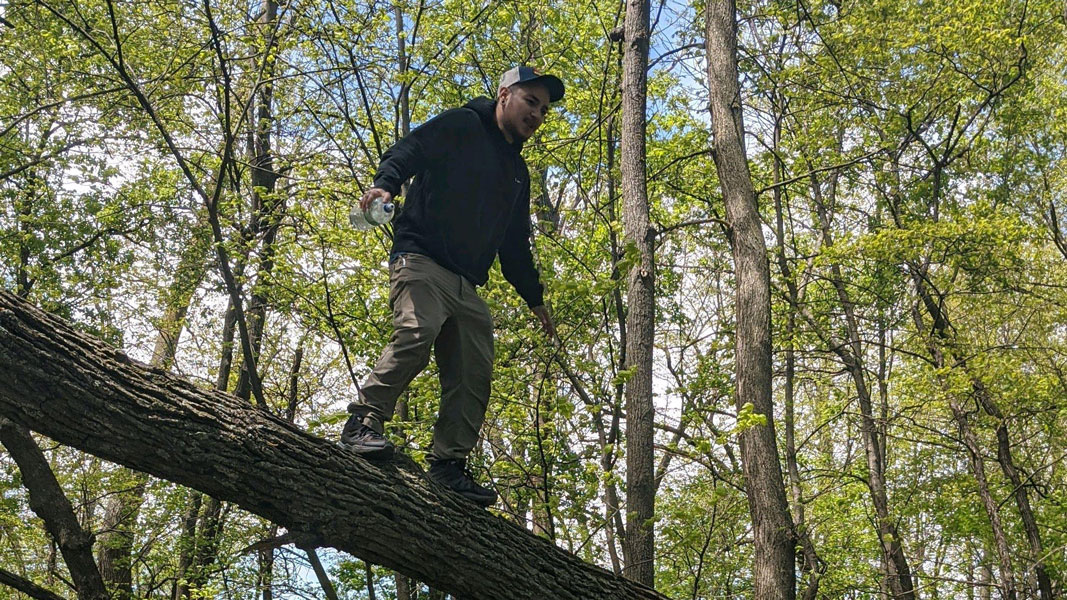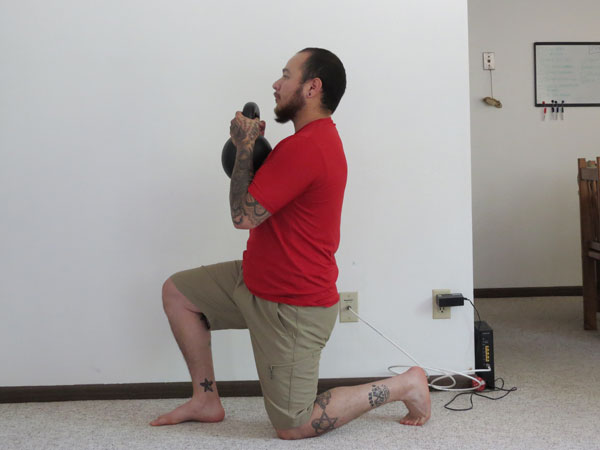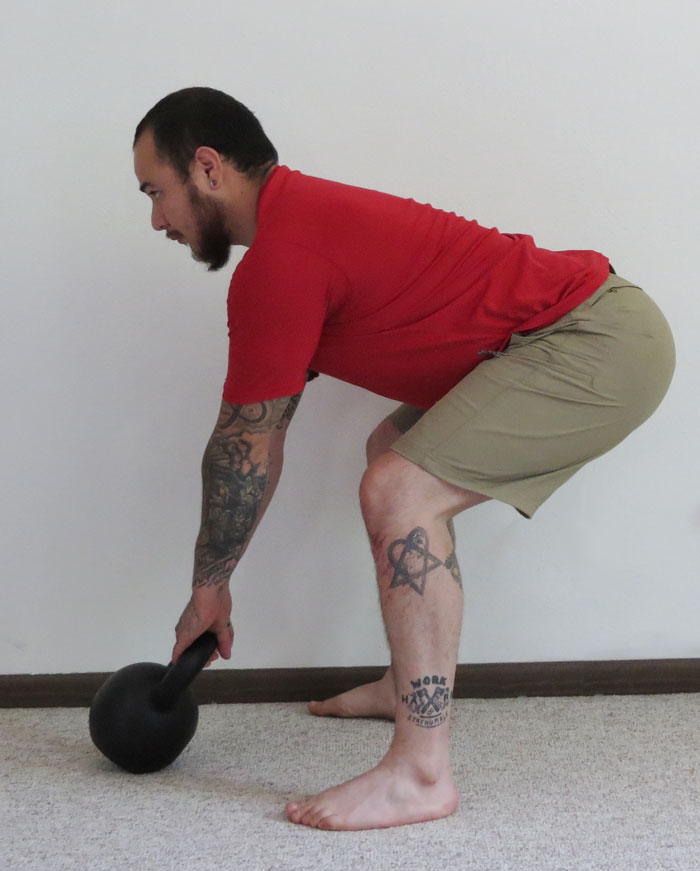
Hiking can be a very vigorous sport, and requires a great amount of strength and endurance. Trekking for hours on steep hills and uneven terrains is very demanding on the body. While out on the trail, you are faced with harsh climate conditions and potential risks for injuries. If you are wanting to improve your hiking and reduce fatigue and injury, you should consider training with kettlebells.
Kettlebell training can complement your hiking abilities in many ways. It is easy to just train for the sport itself, but sometimes that isn’t enough. Using kettlebells as a means of training will help enhance your time out on the trails.
Increase Strength with Kettlebells
One of the greatest benefits of kettlebell training is that it can increase your overall strength. Having greater strength makes it easier to carry more in your pack for longer periods of time.
Goblet front lunges are a great exercise to build stronger legs. Increasing your lower body strength makes hiking up hills much easier. When you’re stronger, your adventures are less taxing and more enjoyable!

Build Up Endurance
Hitting the trails for many hours can be pretty exhausting, so a great way to increase your work capacity is by increasing your endurance. Kettlebell swings are a staple exercise for building stronger lungs. Doing high intensity interval training is one of the best ways to improve your endurance. Working with kettlebell swings for longer intervals with minimal rest will focus on the glutes and hamstrings—and it’s very important to strengthen these muscle groups for hiking.

Help Reduce Risk of Injury
Common hiking injuries involve the feet, ankles, knees, hips, and low back. In order to reduce the chances of injury, it is important to strengthen the muscles in these surrounding areas. Exercises such as single leg deadlifts and lateral lunges are great for creating better ankle and hip stability. Single leg exercises are important because hiking is a single leg sport.
Longer Treks and Bigger Adventures
After increasing your strength, endurance, balance—as well as improving other areas of weakness—you can go on longer hikes. You will have become more resilient and will be able to sustain longer more difficult hikes with greater ease.
I enjoy the simplicity and minimalism that hiking brings to my life. Using the kettlebell is the same for me and my training. It is a simple but very effective tool for progressing towards my fitness goals.
Start using kettlebells to improve your physical strength and endurance to get the most out of your hikes!
***
William Sturgeon, RKC Team Leader, RKC II trains clients at his gym, Restored Strength. Contact him through his website at RestoredStrength.com or follow him on Facebook: facebook.com/restoredstrength

 Pulling and Pushing Exercise Examples
Pulling and Pushing Exercise Examples